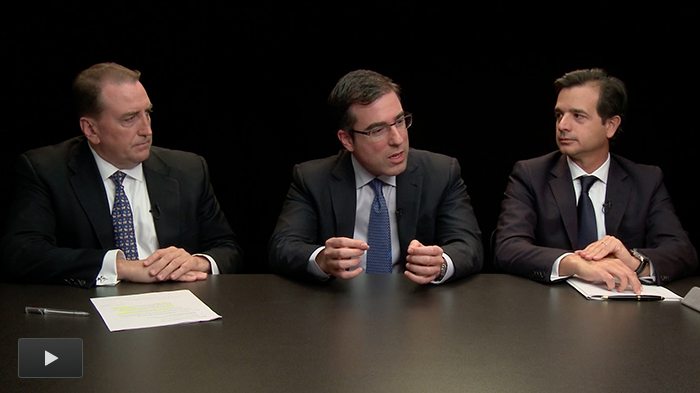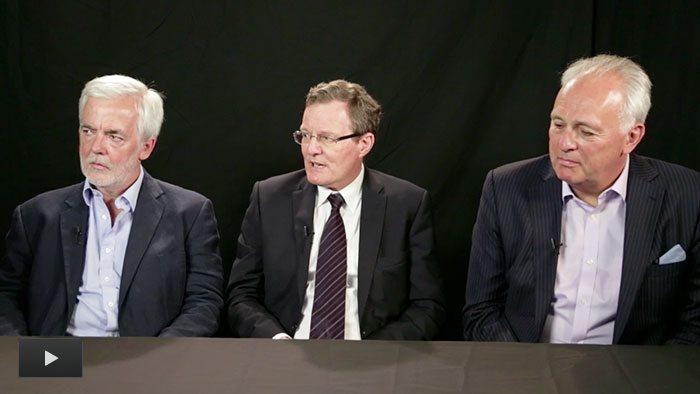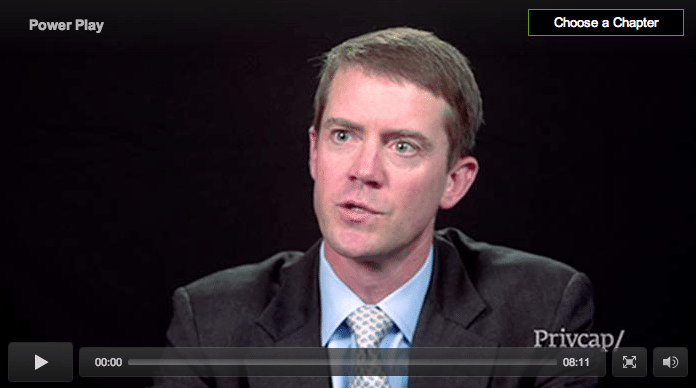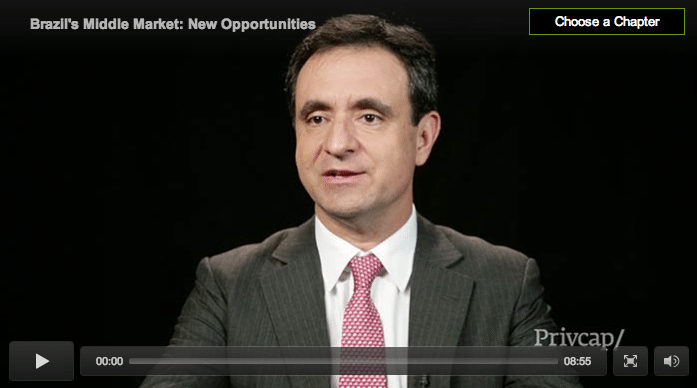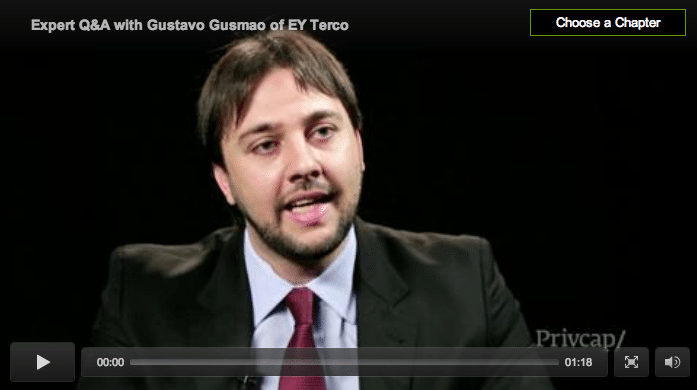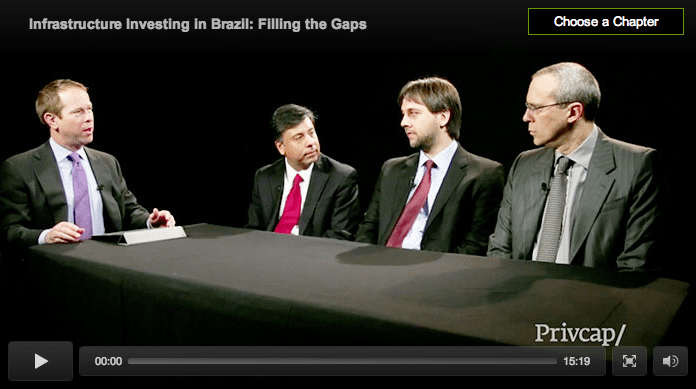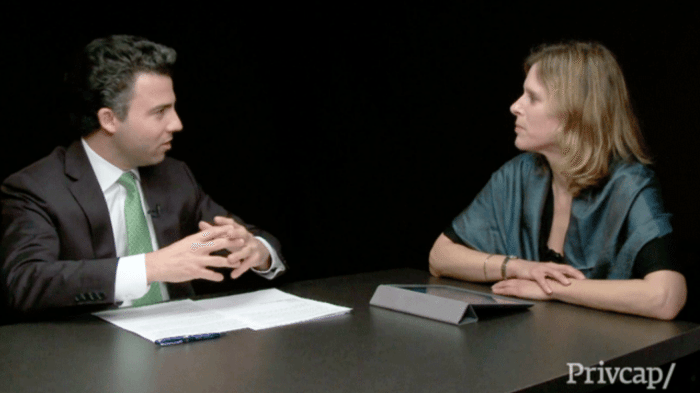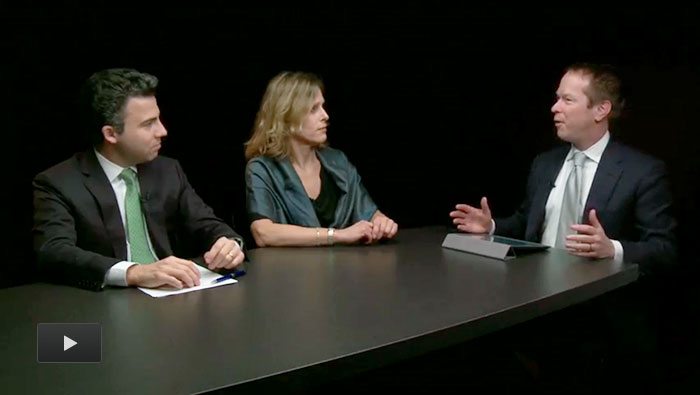Fired Up: Latin American Energy Investing
Russell Deakin of Rio Bravo Investimentos and Scott Swensen of Conduit Capital discuss the profits and perils of Latin American energy investing
Privcap: What’s driving the ability to make money as a private equity investor in Brazil’s energy scene today?
Russell Deakin, Rio Bravo Investimentos: Macro economics and demographics. First, it has a $2.2 trillion economy, so we have scale. And in the last decade, of the 200 million people in Brazil, 75 million have moved from the lower class to middle class, or even middle class to upper class. That’s obviously generating more energy consumption and more demand.
Brazil has about 113 gigawatts of installed capacity. So it’s the third-largest market in North America, behind the U.S. and Canada. But even looking at conservative estimates over the next eight or nine years, there’s a need of about $130 billion of investment just to meet the minimum energy capacity for the country to grow at a sustainable rate. There’s a great foreseen, forecasted shortage, and that needs to be financed. So that creates a lot of opportunity.
And we have very high yields in Brazil. We can do purchasing contracts that give a nominal yield of 18%, and then total returns much better than that. We’re looking at nominal rates of high 20% to low 30.
It’s one thing to identify an opportunity in Brazil, and quite another to deploy the capital. What do institutional investors need to understand about the private equity opportunity in Latin American energy to be successful?
Scott Swensen, Conduit Capital: The great misperception among investors is that this is a highly regulated business. Once you sign a power contract, whether it’s with a municipality, a distribution company, or an industrial—whatever rate of return you’re able to make, you keep. In the 19 years we’ve been doing this, we never once have had to show financials to a government agency. It’s an unregulated business. People don’t understand that.
Russell, what are some things that institutional investors would be surprised to learn about the ability to make money doing what you do?
Deakin: One thing people don’t realize is that 85% of the country’s energy is clean energy, primarily hydro. That’s a very high percentage.
So clean energy is actually mainstream energy. And one of the biggest differences in Brazil is that energy is unsubsidized. So it’s viable.
The other aspect is in terms of the perception of the risk/reward—I can go into a contract, have a 20-year purchasing power agreement, and be locked into a 17% or 18% nominal yield. In the contracts, you actually lock in a real yield above inflation.
Even in the United States, over a 20-year contract, inflation is going to eat away at your real return. In Brazil, you have that protection. And so on a risk/reward basis, it’s very intriguing. You have that protection on the downside, but because it’s a new, developing market, you still have very attractive private equity-like returns.
If that’s true, why don’t you have more competition?
Swensen: We do, but it’s on the larger deals. The global strategic power companies are all over Latin America. And Brazil’s probably the only market where the majority of power is domestically owned. Most of the other countries have sold their utilities out. If you’re an AES or a Duke Energy, the thought of spending three years to build a $50 million hydroelectric plant just doesn’t work with their cost structure.
While there’s a lot of activity at our lower lev el, it’s us and some local players. The global funds that have tried to go into our business have not succeeded. And so we think we’re in a really unique position.
How about you, Russell? What does the competitive landscape look like for your firm?
Deakin: There is competition on the large scale, there’s no question. Even more so in Brazil, because Brazil’s more attractive in terms of international investors coming and looking at it and having scale. For the large companies, scale is important.
For example, on a hydro, we’re going to invest in 161 megawatts. That’s attractive for a larger player. But one of the projects we’re doing is only three. That’s not of any interest to the larger player. And on wind projects, we’re doing 524 megawatts; 524 megawatts is one of the biggest wind projects in all of Brazil. But again, individually, they’re quite small.
We also have relationships with the financial companies, such as the Brazilian Development Bank. If you have outstanding relationships with them over the last 20 years, it certainly helps speed up the process.
And lastly is the auction process. The auctions are typically twice a year, and they are “live.” It’s a very sophisticated process, a reverse Dutch auction. And you have to have all your financing, all your technical analysis, in place, because if there are competing offers that are very close, you have to adjust quite quickly in real time.
And unless you have expertise in the local markets, then it’s quite difficult to do.
As you go across Latin America, how are you sourcing the assets and opportunities that you invest in?
Swensen: The most important source of deals for us are local partners on the ground. And typically, they have done the up-front development. So they’ve spent $1 million to $3 million. They have a site. They have an environmental impact statement that’s approved. They have a potential off-taker.
So for us, the most critical is aligning ourselves with those technically qualified, competent developers. And we have a number of them in many countries.
What are the more common risks that you analyze for your deals? And how do you decide whether they’ll be a factor?
Swensen: We want to invest in a plant that is very economically competitive in its host market. And so one of the first things we do is we hire an engineering firm to model the plant, whether it’s existing or a new build.
We look out 15 years and ask: Where is this plant going to rank in the cost of power in that country? If we don’t find that this is going to be a very competitive plant, we go home. We will not rely on a pile of paper if the economics don’t support it.
After that, we always insist on getting inflation adjustments.
Russell, what are some of the risks that you spend the most time with before you do a deal?
Deakin: Well, our fund, as you know, is focused on Brazil. But Brazil itself is a very large country. It’s larger than the continental United States. And so land cost varies tremendously. Land in São Paulo, for instance, isn’t viable at this point.
So we need to geographically diversify our investment.
Which countries have you avoided altogether, either because a deal never came up or you just absolutely will not go there?
Swensen: We’re avoiding what we would call the Chavez axis-—Venezuela, Ecuador, Bolivia, Argentina, Nicaragua, and Belize. If you’ve got a risk of expropriation or of adverse price caps, it can absolutely destroy your investment.
Russell Deakin of Rio Bravo Investimentos and Scott Swensen of Conduit Capital discuss the profits and perils of Latin American energy investing
